Angora Rabbit – How to Build 10 Powerful Happy Habits
When you first lay eyes on an angora rabbit, it’s easy to understand why people fall in love with these magnificent creatures. Picture a living, breathing cloud of the softest fur you’ve ever imagined, paired with gentle eyes that seem to hold ancient wisdom. These aren’t just ordinary pets—they’re living works of art that happen to be incredibly affectionate companions.
But here’s the thing about owning an angora rabbit: they’re not your typical low-maintenance pet. Think of them as the high-maintenance friend who’s absolutely worth the effort. They require dedication, patience, and a genuine love for the grooming process. If you’re someone who finds meditation in repetitive, caring tasks, then an angora rabbit might just be your perfect match.
Table of Contents
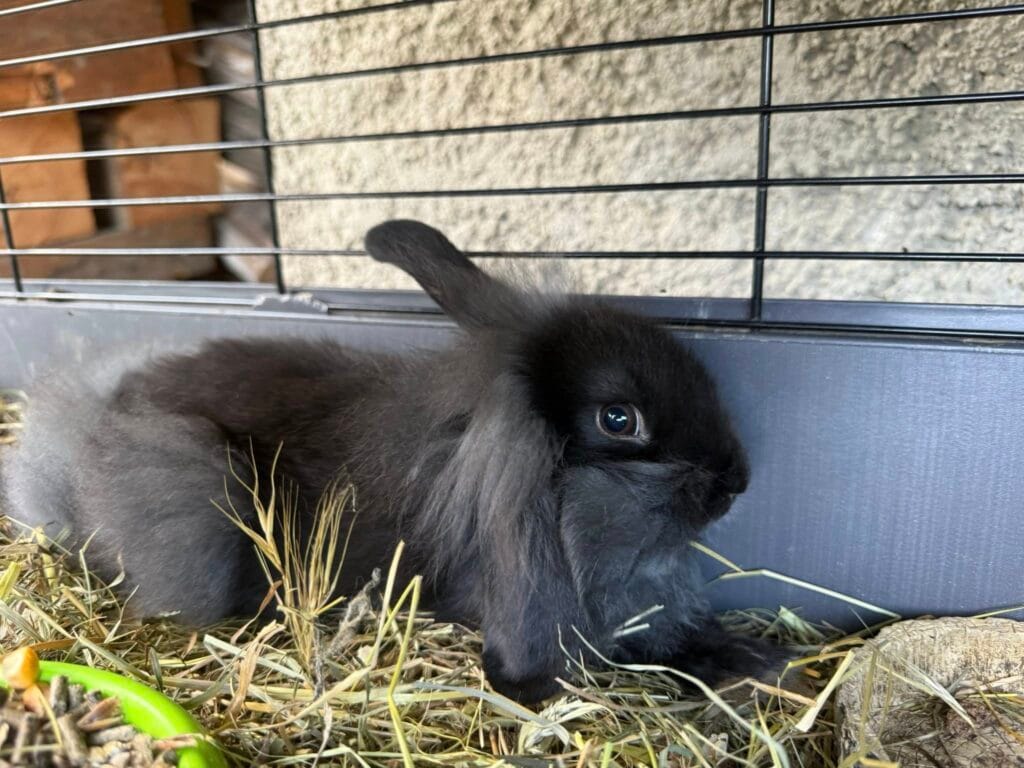
A Journey Through Time: The Rich Heritage of Angora Rabbit
The story of the angora rabbit begins in the ancient city of Ankara, Turkey—a place once known as Angora, which gives these rabbits their name. Imagine Turkish artisans centuries ago, carefully tending to these fluffy creatures, already recognizing the extraordinary quality of their wool.
When these remarkable animals made their way to 18th century Europe, they created quite the sensation. French aristocrats, always at the forefront of luxury and fashion, quickly adopted the angora rabbit as both a status symbol and a source of the finest textile fibers. Marie Antoinette herself was rumored to have kept these elegant creatures at Versailles.
What’s fascinating is how the angora rabbit has maintained its appeal across centuries and cultures. From Turkish palaces to French courts, and now to modern homes worldwide, these rabbits have consistently captured hearts with their unique combination of beauty and utility.
Understanding the Angora Family: More Than Just Fluff
Not all angora rabbits are created equal, and understanding the differences between breeds is crucial for potential owners. Each variety has its own personality quirks, grooming needs, and care requirements.
The Adorable English Angora
The English Angora is like the teddy bear of the rabbit world. At just 5-7 pounds, these little guys are often mistaken for stuffed animals when they’re sitting still. What makes them special—and challenging—is that literally their entire body is covered in that signature angora wool, including their adorable faces and ears.
If you choose an English angora rabbit, be prepared for daily grooming sessions. Their facial furnishings (yes, that’s the technical term for the fur on their faces) require constant attention to prevent matting and to ensure they can see and eat properly. Think of it as having a pet that needs a daily spa treatment.
The Practical French Angora
French Angoras strike the perfect balance between beauty and practicality. Their clean faces and front legs make them significantly easier to care for than their English cousins, while still providing that gorgeous, dense wool that angora rabbit enthusiasts love.
These rabbits typically weigh between 7-10 pounds and have a wonderful temperament that makes them excellent for families. Their wool has a slightly different texture—denser and with more body—which many fiber artists actually prefer for spinning and crafting.
The Magnificent Giant Angora
When people talk about serious wool production, they’re usually referring to the Giant Angora. These impressive rabbits can weigh up to 12 pounds or more and are essentially wool-producing machines. Unlike other angora rabbit breeds that naturally shed their coats, Giants require regular shearing—typically every 90 days.
The Giant angora rabbit isn’t just about size; they have a complex coat structure with a dense undercoat that provides incredible insulation. If you’re interested in harvesting wool for spinning or selling, this breed offers the highest yield.
The Lustrous Satin Angora
The Satin angora rabbit is the glamour model of the angora world. Thanks to a genetic mutation that makes each hair shaft incredibly fine and translucent, their wool has an almost otherworldly shine. When light hits a Satin Angora’s coat, it’s like watching silk come alive.
For beginners, the Satin angora rabbit often represents the best entry point into angora ownership. Their coats are typically easier to manage, and they’re known for having particularly sweet, docile temperaments.
What Makes These Rabbits So Special?
Beyond their obvious beauty, angora rabbits possess qualities that make them truly unique in the pet world. Their wool isn’t just pretty—it’s functionally superior to many other natural fibers. Angora fiber is eight times warmer than sheep’s wool while being incredibly lightweight. It’s hypoallergenic, moisture-wicking, and has a natural elasticity that makes it perfect for everything from baby clothes to luxury scarves.
But perhaps more importantly, the angora rabbit personality is something special. These animals are known for their calm, gentle nature. They’re curious without being destructive, affectionate without being clingy, and intelligent enough to learn routines and even simple tricks.
Many owners describe their angora rabbit as being almost cat-like in their independence, yet more social and interactive than most cats. They’ll often seek out human companionship, enjoying gentle petting sessions and even “conversations” with their favorite people.
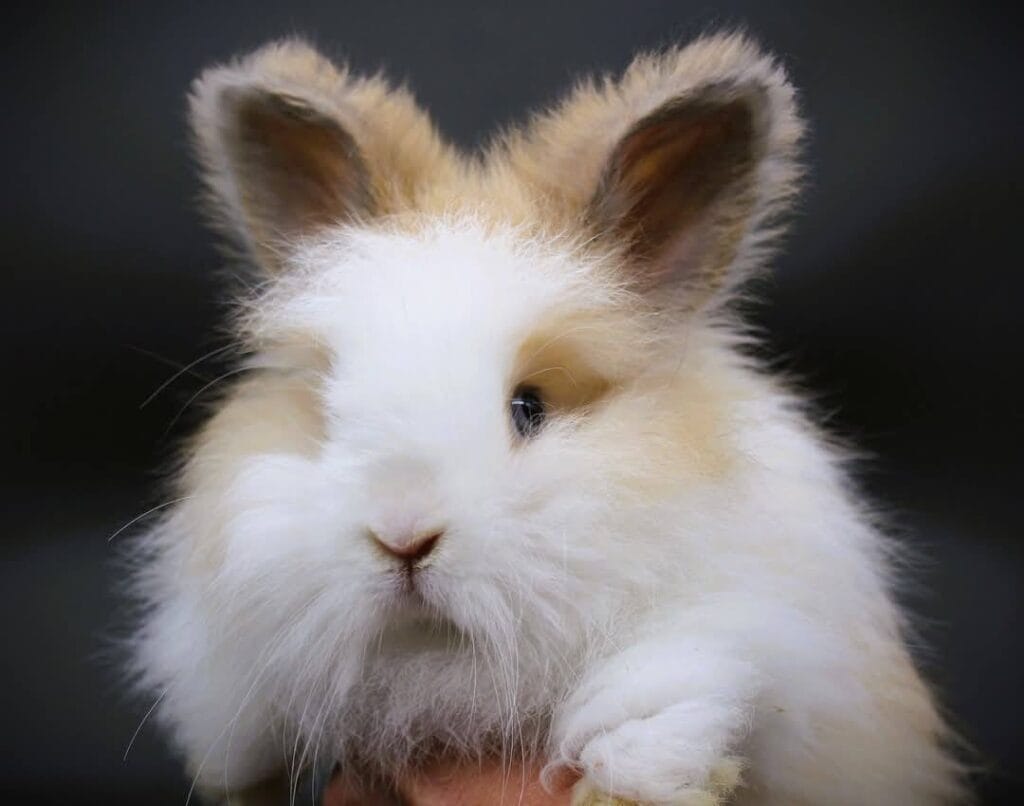
Choosing Your Perfect Fluffy Companion
Selecting the right angora rabbit for your lifestyle requires honest self-assessment. Ask yourself some important questions: How much time can you realistically dedicate to grooming each day? Are you interested in harvesting wool, or do you simply want a beautiful companion? Do you have experience with high-maintenance pets?
If you’re drawn to the idea of an angora rabbit but worried about the grooming commitment, consider starting with a French or Satin variety. Their manageable coats allow you to learn proper angora care without becoming overwhelmed.
For experienced rabbit owners who want the full angora experience, an English angora rabbit offers the ultimate in hands-on care and bonding opportunities. The daily grooming sessions become a form of meditation and a way to strengthen your relationship with your pet.
Creating the Perfect Angora Environment
Preparing your home for an angora rabbit goes far beyond setting up a cage. These animals need an environment that supports their unique needs while keeping them safe from their own curious nature.
Rabbit-proofing is essential because angora rabbits, like all rabbits, are natural chewers. Cover or remove electrical cords, secure loose carpeting, and remove any plants that might be toxic. But here’s where angora rabbits present a unique challenge: their long wool can catch on things that wouldn’t bother a regular rabbit.
Check your space for anything with rough edges, small openings where wool might get caught, or areas where your rabbit might squeeze through and get their coat snagged. Even something as simple as a baby gate needs to be chosen carefully to ensure no fluffy bits get trapped.
Housing: Indoor Paradise vs. Outdoor Adventures
The great indoor versus outdoor debate takes on new dimensions when you’re talking about an angora rabbit. While these animals can certainly live outdoors with proper housing, indoor living offers significant advantages for both the rabbit and the owner.
Indoor housing allows for better temperature control—crucial for animals wearing permanent fur coats. It also makes daily grooming sessions more convenient and enables closer bonding between pet and owner. You’ll quickly notice changes in behavior, appetite, or health when your angora rabbit lives in close proximity to you.
If you do choose outdoor housing, invest in a high-quality hutch that’s predator-proof, weatherproof, and spacious. The enclosure should be at least four times the size of your rabbit when fully stretched out, with separate areas for sleeping, eating, and using the bathroom.
The Art and Science of Angora Grooming
Here’s where owning an angora rabbit becomes both art and science. Proper grooming isn’t just about keeping your pet looking beautiful—it’s literally a matter of life and death. Poor grooming can lead to matting, which can restrict movement and circulation, and more seriously, to wool block, a potentially fatal condition where ingested fur blocks the digestive system.
Start with the right tools: slicker brushes, metal combs with different spacing, and blunt-tipped scissors for trimming. But tools are only part of the equation. Technique matters enormously.
Always brush in the direction of hair growth, starting from the skin and working outward. Work in small sections, and never try to brush out a large mat all at once. If you encounter resistance, stop and try to work the tangle out gently with your fingers before continuing.
The key to successful grooming is consistency and patience. A daily five-minute grooming session is infinitely better than trying to tackle a week’s worth of tangles all at once. Your angora rabbit will also be much happier with short, frequent grooming sessions rather than marathon brushing marathons.
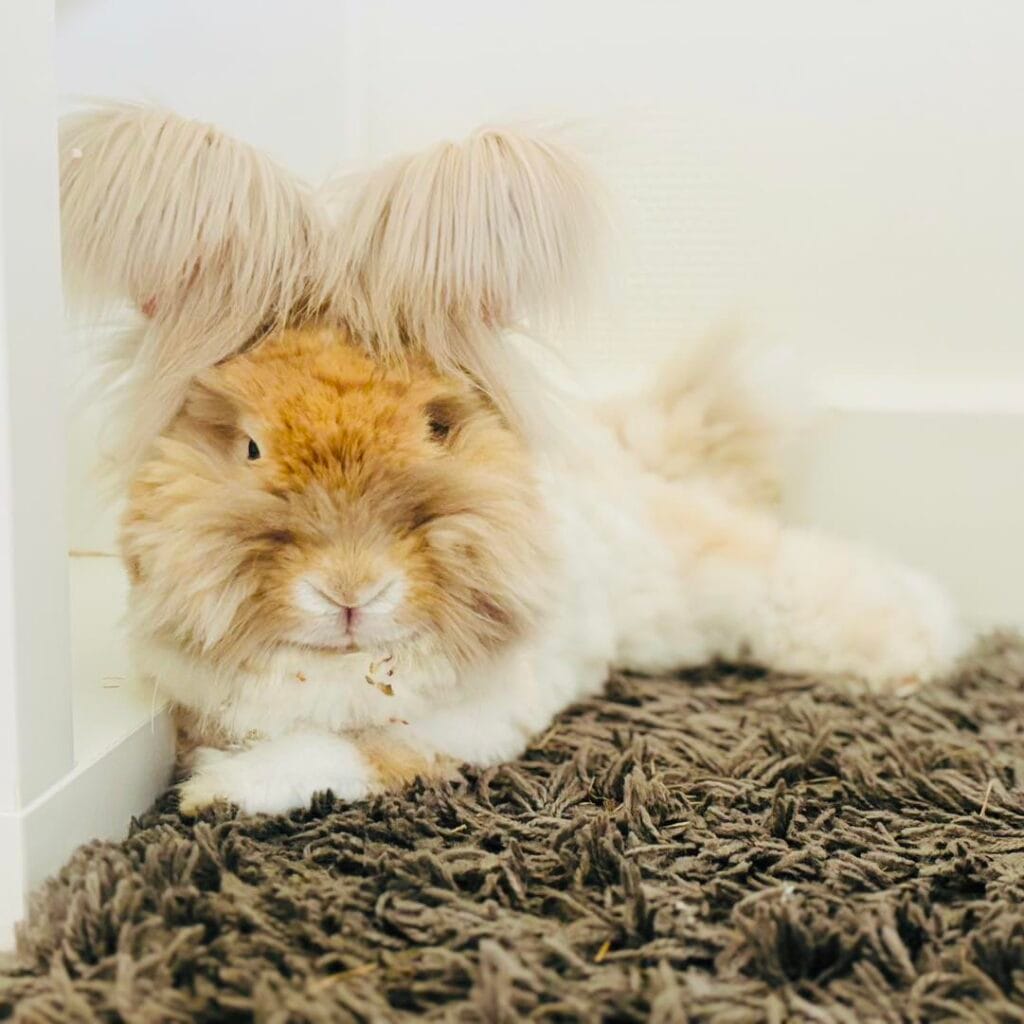
Nutrition: Fueling the Fiber Factory
Feeding an angora rabbit properly is about more than just meeting basic nutritional needs—you’re fueling a living fiber factory. The quality of their diet directly impacts the quality and quantity of their wool production.
The foundation of any angora rabbit diet should be unlimited access to high-quality hay. Timothy hay is the gold standard, but orchard grass and meadow hay are also excellent choices. This hay serves multiple purposes: it provides essential fiber for digestive health, helps wear down constantly growing teeth, and most importantly, helps prevent wool block by keeping the digestive system moving efficiently.
Pellets should complement, not replace, the hay. Look for pellets with at least 18% fiber content and avoid anything with added sugars, colorful bits, or nuts. A quarter cup per day is typically sufficient for most angora rabbit breeds, though larger breeds may need slightly more.
Fresh vegetables add variety and additional nutrients. Leafy greens like romaine lettuce, cilantro, parsley, and basil should be daily staples. Introduce new vegetables slowly and watch for any digestive upset. Fruits should be occasional treats only—think of them as candy for your rabbit.
Exercise and Mental Stimulation: More Than Just Hopping Around
Despite their somewhat sedentary appearance, every angora rabbit needs regular exercise and mental stimulation. These intelligent animals can become bored and destructive without proper enrichment.
Create a safe play area where your rabbit can run, hop, and explore. This might be a rabbit-proofed room or a large exercise pen. Provide tunnels, cardboard boxes with holes cut in them, and safe chew toys made from apple wood or untreated willow.
Puzzle feeders and treat-dispensing toys challenge your angora rabbit mentally while encouraging natural foraging behaviors. Hide small amounts of pellets or hay in paper bags or cardboard tubes to create simple but effective enrichment activities.
Health and Wellness: Keeping Your Cloud Happy
Regular veterinary care is crucial for any angora rabbit, but these breeds have some specific health considerations. Find a veterinarian experienced with rabbits, preferably one familiar with angora breeds specifically.
Common health issues include respiratory problems (often related to dusty environments or poor air quality), dental problems (all rabbit teeth grow continuously), and digestive issues including the serious condition called wool block.
Wool block deserves special attention because it’s both preventable and potentially fatal. It occurs when a rabbit ingests too much of their own fur during grooming, causing a blockage in the digestive system. Prevention involves regular grooming, ensuring adequate fiber in the diet, and some owners provide small amounts of fresh pineapple or papaya, which contain enzymes that may help break down ingested fur.
Watch for signs of illness including changes in appetite, lethargy, unusual posture, or changes in droppings. Angora rabbit owners need to be particularly vigilant because their thick coats can hide physical symptoms until problems become serious.
The Golden Years: Aging Gracefully
With proper care, an angora rabbit can live 7-12 years, providing many years of companionship and joy. As they age, their needs may change. Older rabbits might need softer food, warmer sleeping areas, and more frequent veterinary checkups.
Senior angora rabbit care often involves adjusting grooming routines as well. Older rabbits may be less flexible and find grooming sessions more tiring, so shorter, more frequent sessions might be necessary.
The Wool Harvest: From Rabbit to Yarn
For many angora rabbit owners, harvesting wool is part of the joy of ownership. Shearing typically happens every 90-120 days, and with practice, it becomes a routine part of care.
The key to successful shearing is keeping your rabbit calm and comfortable. Use a towel-covered surface for security, work in good lighting, and take breaks if your rabbit becomes stressed. Collect the wool carefully—high-quality angora fiber is valuable and shouldn’t be wasted.
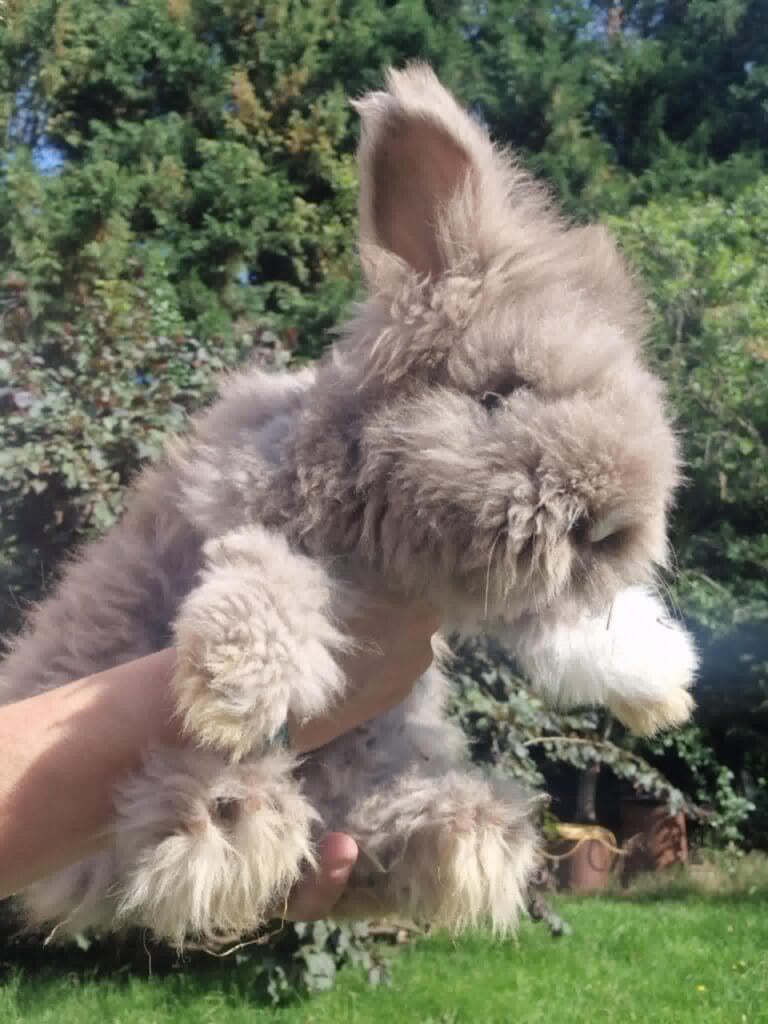
Final Thoughts: Is an Angora Rabbit Right for You?
Owning an angora rabbit is a commitment unlike any other pet ownership experience. These animals require daily attention, specialized care, and a significant time investment. But for the right person, they offer rewards that go far beyond typical pet ownership.
You’ll have a beautiful, gentle companion who produces one of the world’s finest natural fibers. You’ll develop skills in grooming, animal husbandry, and possibly fiber arts. Most importantly, you’ll have a unique relationship with an animal that truly depends on your care and attention for their wellbeing.
Before bringing an angora rabbit into your life, spend time with breeders or existing owners. Volunteer at rabbit rescues. Handle the grooming tools and learn the techniques. Make sure you’re prepared for the reality, not just the romance, of angora ownership.
These remarkable animals deserve owners who understand and embrace their special needs. In return, they offer years of beauty, companionship, and the satisfaction that comes from caring for one of nature’s most unique creatures.
FAQ
How often should I groom my angora rabbit?
This depends on the breed and season, but generally, you should groom your angora rabbit at least 3-4 times per week minimum. During shedding seasons or for English Angoras, daily grooming is essential. Think of it this way: a few minutes each day prevents hours of detangling later. Many owners find that once they establish a routine, both they and their rabbit actually look forward to these bonding sessions.
What’s the best diet for an angora rabbit?
The foundation should be unlimited timothy hay—this isn’t negotiable. Add about 1/4 cup of high-fiber pellets daily (18% fiber minimum), fresh leafy greens like romaine lettuce and herbs, and occasional fruit treats. Fresh water should always be available. Remember, you’re feeding a fiber-producing animal, so quality nutrition directly impacts wool quality.
Can angora rabbits live outside year-round?
Yes, but it requires significant preparation and isn’t ideal for beginners. You’ll need a secure, weatherproof hutch, predator protection, and daily interaction. However, indoor living is generally safer and makes grooming routines much easier. If you do house them outdoors, be prepared for more intensive health monitoring.
Do angora rabbits actually enjoy being held and petted?
Most angora rabbits, especially those handled gently from a young age, do enjoy human interaction. However, they prefer ground-level petting to being picked up. When you do need to lift them, always support their hindquarters and chest—never grab by the ears or scruff. Many owners find their rabbits seek out attention and will even nudge for pets.
Did you enjoy this article?
Help other pet lovers benefit too — Share it on social media! 🐾💚

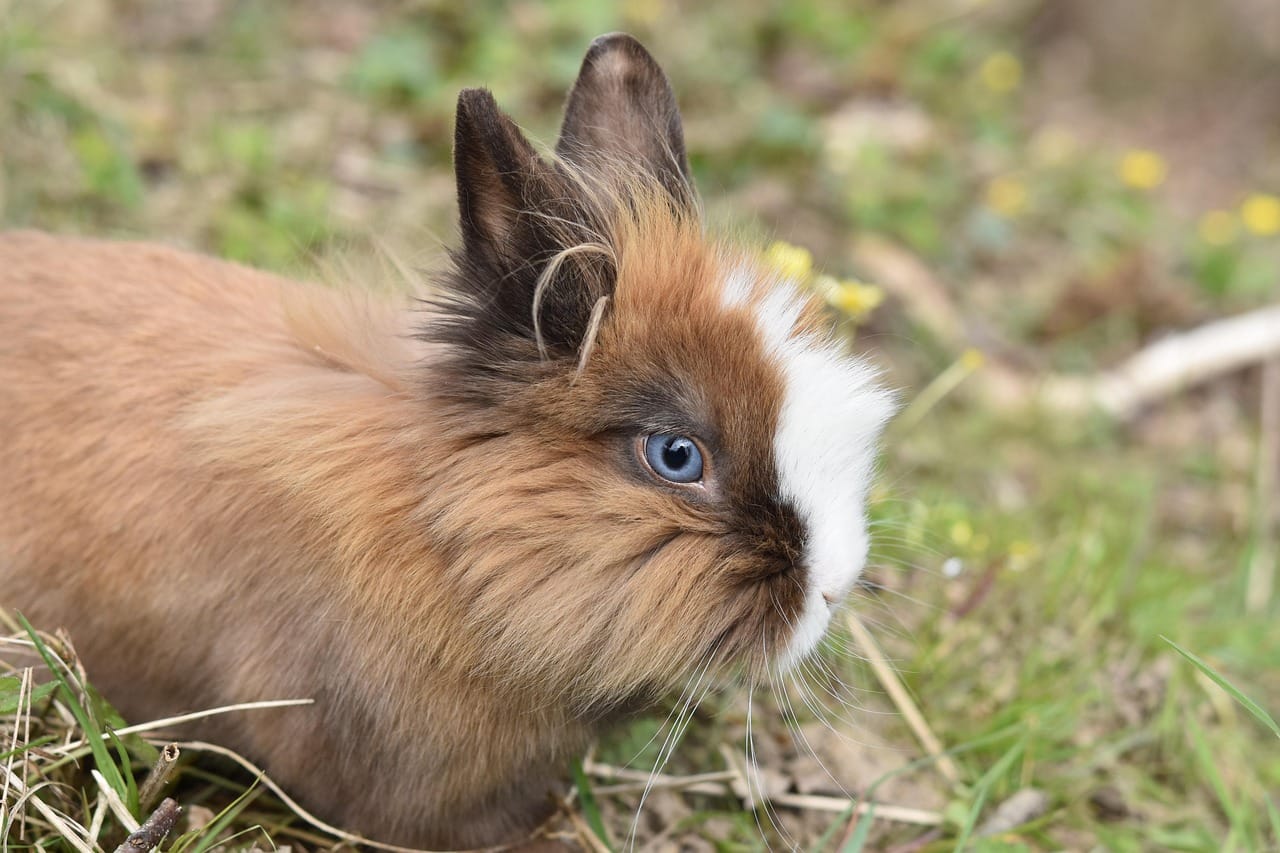
Leave a Reply